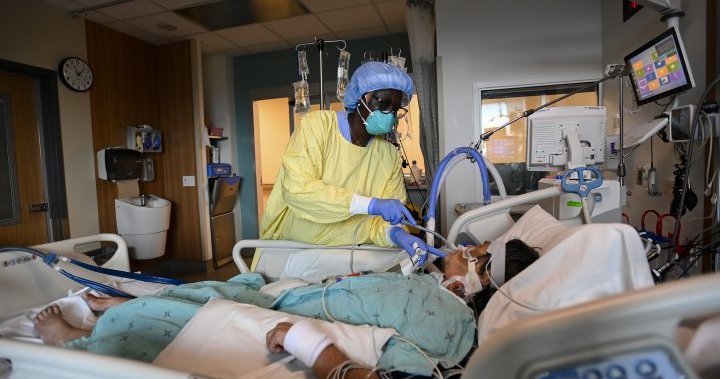- Reaction score
- 18,887
- Points
- 1,280
Sent "to ON" - as in "not the folks in Pet, Borden, etc"?

 globalnews.ca
globalnews.ca
As Ontario continues to get a handle on the surging third wave of COVID-19 cases and crushing patient loads at intensive care units, the Canadian Armed Forces is preparing for a potential deployment of medical personnel to the province after a recent request for assistance.
“There are over 1,900 patients with COVID-19 in the province of Ontario’s hospitals and of those, 659 are being treated in intensive care for COVID-related illnesses. Nearly 450 patients that are in critical care require a ventilator to breathe,” an unclassified warning order obtained by Global News on Monday said.
“COVID variants of concern have spread rapidly in Ontario in recent weeks and in particular in the Greater Toronto Area. This has resulted in civilian hospital capacity being exceeded."
According to the document, personnel are currently preparing for potential deployment as the request for assistance process continues. If ultimately approved, critical care nursing officers and up to three mobile medical assistance teams, which would be able to assist with 24-hour medical transports, could be sent to Ontario.

COVID-19: Military, Red Cross being sent to Ontario’s hospitals after provincial request for help | Globalnews.ca
The federal government announced on-the-ground assessments by the Canadian Armed Forces are underway in order to determine the exact number of personnel needed.



